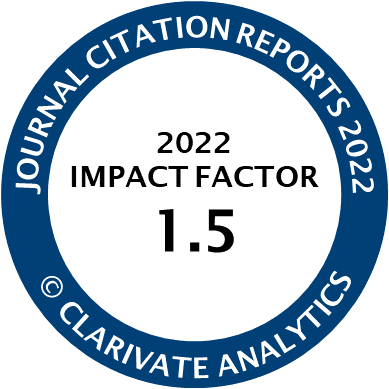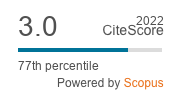Article | Open Access
The Gender Wage Gap in Peru: Drivers, Evolution, and Heterogeneities
| Views: | 3410 | | | Downloads: | 2505 |
Abstract: Despite the recent economic growth and gender equality improvement in educational attainment, important gender disparities remain in the Peruvian labour market. This article provides a comprehensive overview of the Peruvian gender wage gap evolution during 2007–2018 and identifies key elements that explain its patterns. First, the article shows that the raw wage gap showed an upward trend between 2007–2011, ranging from 6% to 12%, and remaining around that top bound ever since. Second, using Oaxaca‐Blinder decomposition we find that the unexplained wage gap has remained virtually unchanged at around 17% during the study period. Reductions in endowment differences between men and women coupled with a stagnant unexplained gap led to slightly larger raw wage gaps over time. Moreover, the stagnant unexplained gap suggests the presence of structural problems regarding social norms, gender stereotyping and potential discrimination that affects the wage gap. Third, we show that both at a national and regional level, gender wage gaps are larger within the lowest percentiles, and they mostly have a downward slope across the earnings distribution. Finally, after computing the raw and unexplained gap at the region‐year level, we show that smaller regional gender gaps are associated with (a) higher GDP, (b) lower levels of domestic physical violence against women, and (c) lower percentages of women as household heads.
Keywords: gender discrimination; gender inequality; gender wage gap; Peru; regional inequality
Published:
© Giannina Vaccaro, Maria Pia Basurto, Arlette Beltrán, Mariano Montoya. This is an open access article distributed under the terms of the Creative Commons Attribution 4.0 license (http://creativecommons.org/licenses/by/4.0), which permits any use, distribution, and reproduction of the work without further permission provided the original author(s) and source are credited.




